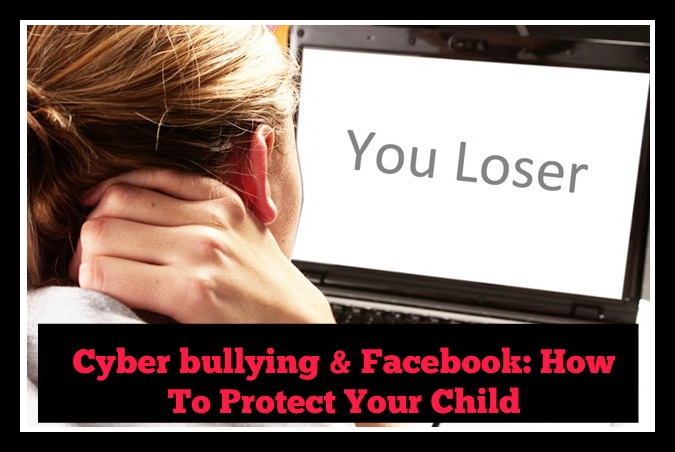If the internet is good at one thing, it’s allowing people to fake their identities. After all, with just a few clicks of the button, bullies can create an entire fake profile and completely hide who they are while attacking a victim…
…or can they?
In the last few years, Facebook has introduced a number of new features, and it’s easier than ever before to shut down anonymous bullies and force them to come into the open.
Taking Control of the Privacy Settings
Like many social networks, Facebook prefers to have users spread their content as widely and publicly as possible – but while things often start public, they don’t have to remain that way.
The first step to making bullies visible is limiting who can see each post. Ideally, this will be as limited as possible – only your child’s friends and family members should be allowed to see the content they post. This makes it far harder for bullies to find and interact with them – leaving everything public is the digital equivalent of sitting out in the open with your back turned to every possible danger.
There are two effective ways of doing this. The first is to simply limit the content to “Friends”, but not “Friends of Friends”. Alternately, you can help your child create a custom list of people to send content to – this will only be visible to those people, and it’s a good way of stopping new friends from having total access to your child’s past information.
Next, the profile itself should be set to ‘Private’. This will hide most of the information on it and stop bullies from seeing things they have no right to be viewing. However, keep in mind that the following information cannot be hidden:
- Their name
- Their picture
- Their gender
- Their networks
In short, you cannot stop bullies from knowing that your child is using Facebook, but you can stop them from seeing what your child is saying.
Finally, teach your child how to block people that bother them. Bullies have power only as long as they’re given power, and it’s remarkably easy to stop them in their tracks when you understand the system. Don’t do this for your child – it’s better to empower them by giving them the ability to say “stop” and then make sure it happens. Even the most persistent bullies will soon give up if your child refuses to respond to them and simply declines further communication.
What If Your Child is Threatened?
Most bullies focus on saying hurtful things and otherwise trying to emotionally damage your child, but as reported by BullyingStatistics.org, about one in three young people will experience a cyber threat, while victims of cyber bullying tend to have low self-esteem and may even consider suicide.
It’s not uncommon for social media to have an incredible influence on how teens see themselves – and bullies can take this quite a long ways, such as by threatening to share a picture that the teen believes makes them look fat.
It’s better to avoid this by teaching your teen to never upload sensitive information, but if a threat does occur, report it to law enforcement, especially if the bully is threatening physical harm – they have access to resources you don’t, and a public display of stopping the bully may be critical for helping your child feel safe again.





 Facebook
Facebook Twitter
Twitter Flickr
Flickr GooglePlus
GooglePlus Youtube
Youtube